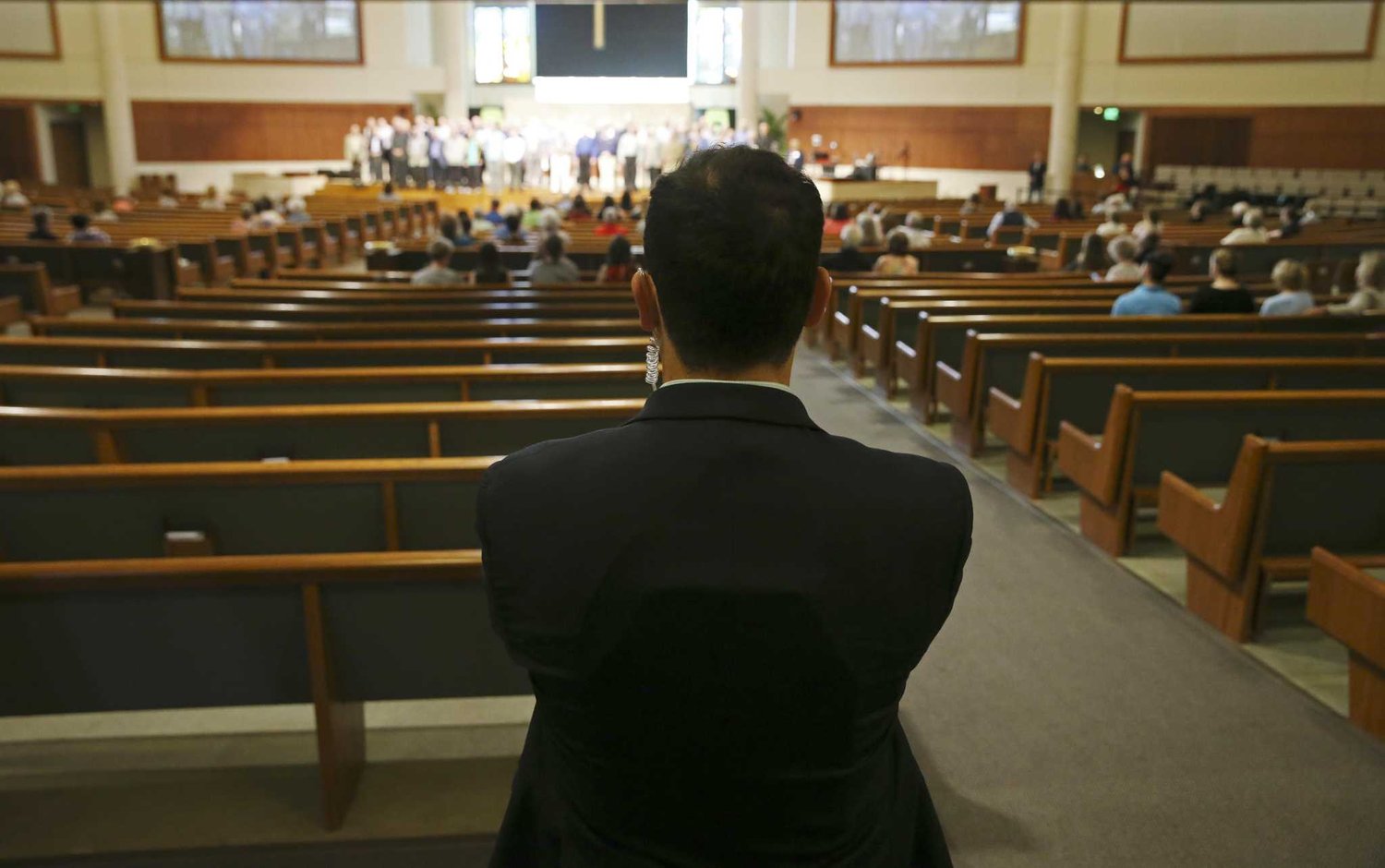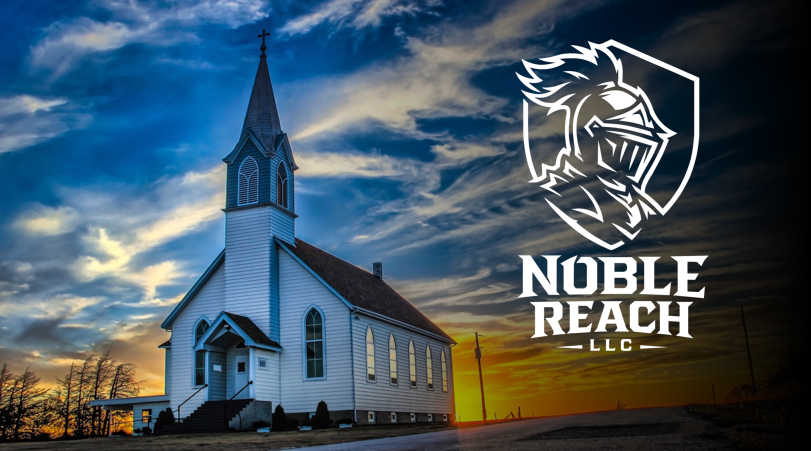Churches are sacred spaces places of worship, refuge, and community. Yet, in today's world, even houses of worship face real security challenges. From petty theft to violent intrusions, congregations must be prepared without sacrificing their welcoming atmosphere.
That's where intentional, faith aligned security protocols come in. This guide outlines essential measures every church should consider to safeguard their people, protect property, and foster peace of mind.
1. Establish a Security Ministry or Team
- Formalize roles: Move beyond "volunteers with radios" to a structured ministry with clear leadership.
- Screen wisely: Use background checks, interviews, and pastoral input.
- Train regularly: Cover not just emergencies, but also conflict de escalation and medical readiness.
2. Control Access Points
- Lock unused doors: Fewer entrances mean fewer vulnerabilities.
- Greeters as guardians: A friendly welcome also serves as situational awareness.
- Secure children's areas: Check in/out systems and locked hallways are non negotiable.
3. Layer Surveillance & Monitoring
- CCTV coverage: Entrances, parking lots, and children's ministry areas should have camera visibility.
- Lighting: Well lit exteriors reduce trespassing and create safer arrival/departure zones.
- Communication: Radios or discreet apps ensure your team can coordinate quickly.
4. Develop Medical & Trauma Readiness
- Stop the Bleed kits & AEDs: Place them in accessible, visible areas.
- Trained responders: At least 2–3 members per service should know CPR, AED use, and bleeding control.
- Medical incident plan: Know how to communicate with EMS and direct them into the facility.
5. Prepare for Active Assailant Incidents
- Run Hide Fight / Avoid Deny Defend: Teach congregants simple options to improve survival odds.
- Drills: Quietly rehearse with leadership, ushers, and children's ministry not to instill fear, but to build calm readiness.
- Partnerships: Coordinate with local police for walk throughs, training, and response planning.
6. Crisis Communication & Incident Reporting
- Immediate alerts: Decide how to notify leadership and, if necessary, the entire congregation.
- Post incident process: Documentation protects both your people and your church legally.
- Transparency: Balance protecting sensitive details with maintaining trust in your community.
7. Foster a Culture of Awareness
- Congregational education: Brief reminders about exits, parking lot safety, and reporting concerns go a long way.
- "See something, say something": Encourage a healthy vigilance without paranoia.
- Leadership buy in: When pastors and staff model security awareness, it becomes a shared value.
8. Review & Refine Regularly
Security isn't a "set it and forget it" ministry. Evaluate your protocols annually or after any significant incident in the wider community. Stay informed about new best practices, threats, and technologies.
Final Thoughts
A church should never feel like a fortress. But neither should it be unprepared. By implementing structured, compassionate, and faith aligned security protocols, congregations can worship freely, knowing their shepherds have taken every step to protect the flock.
At Noble Reach Consulting, our mission is to equip churches with the tools, training, and confidence they need without compromising their welcoming spirit. Safety and faith can coexist, and with the right protocols, your church can embody both.

